
Cervical disc replacement (CDR) is a minimally invasive surgical procedure that has emerged as an attractive alternative to traditional cervical discectomy and fixation for treating degenerative disc disease and other cervical spine conditions.
CDR is indicated for patients experiencing radiculopathy or myelopathy due to degenerative disc disease, herniated discs, or cervical spondylosis.
It is typically recommended for those who have not responded to conservative treatments, such as medication, physical therapy, or epidural steroid injections.
The CDR procedure is performed under general anesthesia, with the patient in a supine position. The main steps include:
Contrary to previous contraindications, many surgeons now consider CDR in patients with mild to moderate cervical spondylosis, and even previous adjacent segment fusions, due to the advancements in implant technology. Advanced and symptomatic facet joint arthritis remains a contraindication.
CDR offers several benefits over traditional discectomy and fixation, including:
As with any surgical procedure, CDR carries potential risks, such as: Infection, Bleeding, Nerve injury, Implant failure or migration, Persistent pain.
Following CDR, patients can expect some pain and discomfort, managed with medication. Most individuals can begin walking and engaging in light activities within a day or two after surgery.
Physical therapy is often prescribed and it is important to follow the surgeon's specific postoperative instructions and attend all scheduled follow-up appointments to monitor the healing process.
Several high-impact studies have demonstrated the superiority of CDR over discectomy and fixation:
Cervical disc replacement has emerged as a safe and effective treatment option for patients suffering from various cervical spine conditions.
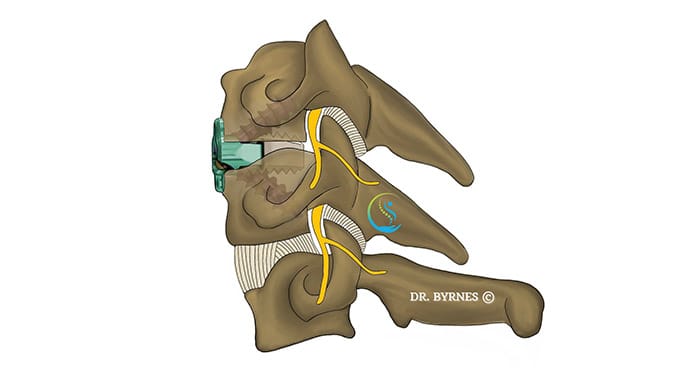
Cervical discectomy and fixation is a surgical procedure that removes a damaged intervertebral disc and stabilises the adjacent vertebrae, relieving pressure on spinal nerves and improving spinal stability.
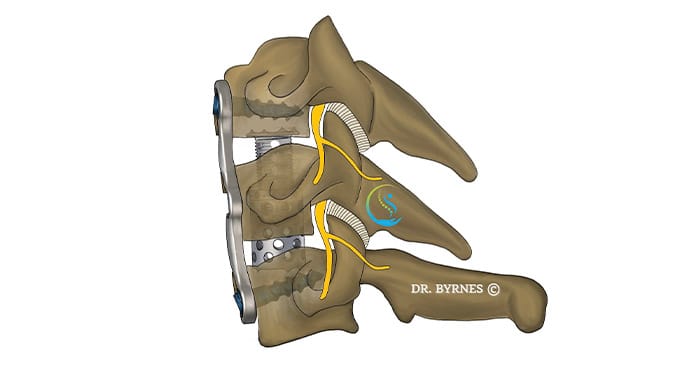
Cervical corpectomy is a surgical procedure that involves removing one or more vertebral bodies in the cervical spine to alleviate spinal cord and nerve root compression.
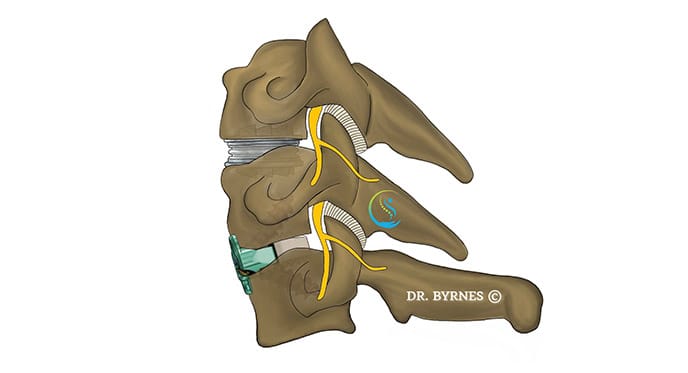
Hybrid cervical disc replacement (CDR) and discectomy with fixation is an innovative surgical technique that combines the benefits of CDR and anterior cervical discectomy and fusion (ACDF) in treating multilevel cervical spine disorders.

Minimally invasive cervical foraminotomy is a surgical procedure performed to alleviate nerve root compression in the cervical spine.
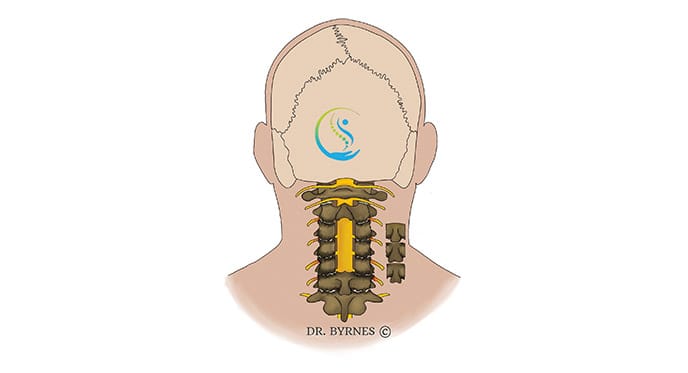
Cervical decompression, also known as cervical laminectomy, is a surgical procedure performed to alleviate spinal cord compression in the neck (cervical) region.
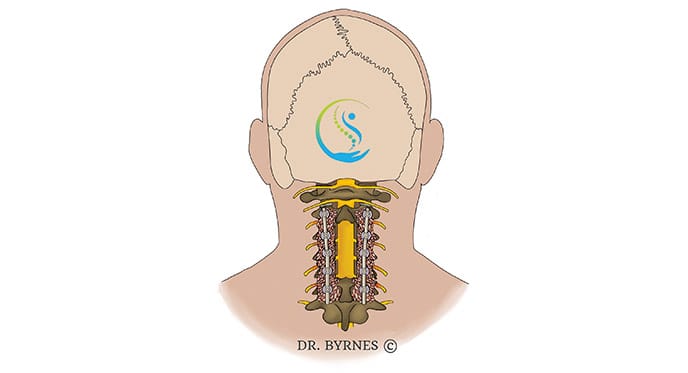
Cervical decompression (laminectomy) and lateral mass fixation is a surgical procedure performed to alleviate spinal cord compression and provide stability in the cervical spine (neck).